IMS启动时会调用InputReader.start()方法
InputReader.cpp
status_t InputReader::start() {
if (mThread) {
return ALREADY_EXISTS;
}
mThread = std::make_unique<InputThread>(
"InputReader", [this]() { loopOnce(); }, [this]() { mEventHub->wake(); });
return OK;
}当线程开始运行后,将会在内建的线程循环中不断地调用threadLoop(),直到此函数返回false,则退出线程循环,从而结束线程。
InputReader的一次线程循环的工作思路非常清晰,一共三步:
□首先从EventHub中抽取未处理的事件列表。这些事件分为两类,一类是从设备节点中读取的原始输入事件,另一类则是输入设备可用性变化事件,简称为设备事件。
□通过processEventsLocked()对事件进行处理。对于设备事件,此函数对根据设备的可用性加载或移除设备对应的配置信息。对于原始输入事件,则在进行转译、封装与加工后将结果暂存到mQueuedListener中。
□所有事件处理完毕后,调用mQueuedListener.flush()将所有暂存的输入事件一次性地交付给InputDispatcher。
void InputReader::loopOnce() {
int32_t oldGeneration;
int32_t timeoutMillis;
// Copy some state so that we can access it outside the lock later.
bool inputDevicesChanged = false;
std::vector<InputDeviceInfo> inputDevices;
std::list<NotifyArgs> notifyArgs;
{ // acquire lock
std::scoped_lock _l(mLock);
oldGeneration = mGeneration;
timeoutMillis = -1;
auto changes = mConfigurationChangesToRefresh;
if (changes.any()) {
mConfigurationChangesToRefresh.clear();
timeoutMillis = 0;
refreshConfigurationLocked(changes);
} else if (mNextTimeout != LLONG_MAX) {
nsecs_t now = systemTime(SYSTEM_TIME_MONOTONIC);
timeoutMillis = toMillisecondTimeoutDelay(now, mNextTimeout);
}
} // release lock
std::vector<RawEvent> events = mEventHub->getEvents(timeoutMillis);
{ // acquire lock
std::scoped_lock _l(mLock);
mReaderIsAliveCondition.notify_all();
// 如果有事件信息,调用processEventsLocked()函数对事件进行加工处理
if (!events.empty()) {
notifyArgs += processEventsLocked(events.data(), events.size());
}
if (mNextTimeout != LLONG_MAX) {
nsecs_t now = systemTime(SYSTEM_TIME_MONOTONIC);
if (now >= mNextTimeout) {
if (debugRawEvents()) {
ALOGD("Timeout expired, latency=%0.3fms", (now - mNextTimeout) * 0.000001f);
}
mNextTimeout = LLONG_MAX;
notifyArgs += timeoutExpiredLocked(now);
}
}
if (oldGeneration != mGeneration) {
inputDevicesChanged = true;
inputDevices = getInputDevicesLocked();
notifyArgs.emplace_back(
NotifyInputDevicesChangedArgs{mContext.getNextId(), inputDevices});
}
} // release lock
// Send out a message that the describes the changed input devices.
if (inputDevicesChanged) {
mPolicy->notifyInputDevicesChanged(inputDevices);
}
// Notify the policy of the start of every new stylus gesture outside the lock.
for (const auto& args : notifyArgs) {
const auto* motionArgs = std::get_if<NotifyMotionArgs>(&args);
if (motionArgs != nullptr && isStylusPointerGestureStart(*motionArgs)) {
mPolicy->notifyStylusGestureStarted(motionArgs->deviceId, motionArgs->eventTime);
}
}
notifyAll(std::move(notifyArgs));
// Flush queued events out to the listener.
// This must happen outside of the lock because the listener could potentially call
// back into the InputReader's methods, such as getScanCodeState, or become blocked
// on another thread similarly waiting to acquire the InputReader lock thereby
// resulting in a deadlock. This situation is actually quite plausible because the
// listener is actually the input dispatcher, which calls into the window manager,
// which occasionally calls into the input reader.
mQueuedListener.flush();
}processEventsLocked()会分别处理原始输入事件与设备增删事件。
对于原始输入事件,由于EventHub会将属于同一输入设备的原始输入事件放在一起,因此processEventsLocked()可以使processEventsForDeviceLocked()同时处理来自同一输入设备的一批事件。
std::list<NotifyArgs> InputReader::processEventsLocked(const RawEvent* rawEvents, size_t count) {
std::list<NotifyArgs> out;
for (const RawEvent* rawEvent = rawEvents; count;) {
int32_t type = rawEvent->type;
size_t batchSize = 1;
if (type < EventHubInterface::FIRST_SYNTHETIC_EVENT) {
int32_t deviceId = rawEvent->deviceId;
while (batchSize < count) {
if (rawEvent[batchSize].type >= EventHubInterface::FIRST_SYNTHETIC_EVENT ||
rawEvent[batchSize].deviceId != deviceId) {
break;
}
batchSize += 1;
}
if (debugRawEvents()) {
ALOGD("BatchSize: %zu Count: %zu", batchSize, count);
}
out += processEventsForDeviceLocked(deviceId, rawEvent, batchSize);
} else {
switch (rawEvent->type) {
case EventHubInterface::DEVICE_ADDED:
addDeviceLocked(rawEvent->when, rawEvent->deviceId);
break;
case EventHubInterface::DEVICE_REMOVED:
removeDeviceLocked(rawEvent->when, rawEvent->deviceId);
break;
case EventHubInterface::FINISHED_DEVICE_SCAN:
handleConfigurationChangedLocked(rawEvent->when);
break;
default:
ALOG_ASSERT(false); // can't happen
break;
}
}
count -= batchSize;
rawEvent += batchSize;
}
return out;
}std::list<NotifyArgs> InputReader::processEventsForDeviceLocked(int32_t eventHubId,
const RawEvent* rawEvents,
size_t count) {
auto deviceIt = mDevices.find(eventHubId);
if (deviceIt == mDevices.end()) {
ALOGW("Discarding event for unknown eventHubId %d.", eventHubId);
return {};
}
std::shared_ptr<InputDevice>& device = deviceIt->second;
if (device->isIgnored()) {
// ALOGD("Discarding event for ignored deviceId %d.", deviceId);
return {};
}
return device->process(rawEvents, count);
}InputDevice.cpp
std::list<NotifyArgs> InputDevice::process(const RawEvent* rawEvents, size_t count) {
// Process all of the events in order for each mapper.
// We cannot simply ask each mapper to process them in bulk because mappers may
// have side-effects that must be interleaved. For example, joystick movement events and
// gamepad button presses are handled by different mappers but they should be dispatched
// in the order received.
std::list<NotifyArgs> out;
for (const RawEvent* rawEvent = rawEvents; count != 0; rawEvent++) {
if (debugRawEvents()) {
const auto [type, code, value] =
InputEventLookup::getLinuxEvdevLabel(rawEvent->type, rawEvent->code,
rawEvent->value);
ALOGD("Input event: eventHubDevice=%d type=%s code=%s value=%s when=%" PRId64,
rawEvent->deviceId, type.c_str(), code.c_str(), value.c_str(), rawEvent->when);
}
if (mDropUntilNextSync) {
if (rawEvent->type == EV_SYN && rawEvent->code == SYN_REPORT) {
mDropUntilNextSync = false;
ALOGD_IF(debugRawEvents(), "Recovered from input event buffer overrun.");
} else {
ALOGD_IF(debugRawEvents(),
"Dropped input event while waiting for next input sync.");
}
} else if (rawEvent->type == EV_SYN && rawEvent->code == SYN_DROPPED) {
ALOGI("Detected input event buffer overrun for device %s.", getName().c_str());
mDropUntilNextSync = true;
out += reset(rawEvent->when);
} else {
for_each_mapper_in_subdevice(rawEvent->deviceId, [&](InputMapper& mapper) {
out += mapper.process(rawEvent);
});
}
--count;
}
return out;
}InputMapper是InputReader中实际进行原始输入事件加工的场所,它有一系列的子类,分别用于加工不同类型的原始输入事件。而InputDevice的process()函数使用InputMapper的方式是一个简化了的职责链(chain of responsibility)设计模式。InputDevice不需要知道哪一个InputMapper可以处理一个原始输入事件,只须将一个事件逐个交给每一个InputMapper尝试处理,如果InputMapper可以接受这个事件则处理之,否则什么都不做。
根据设备的类型,将设备做如下分配
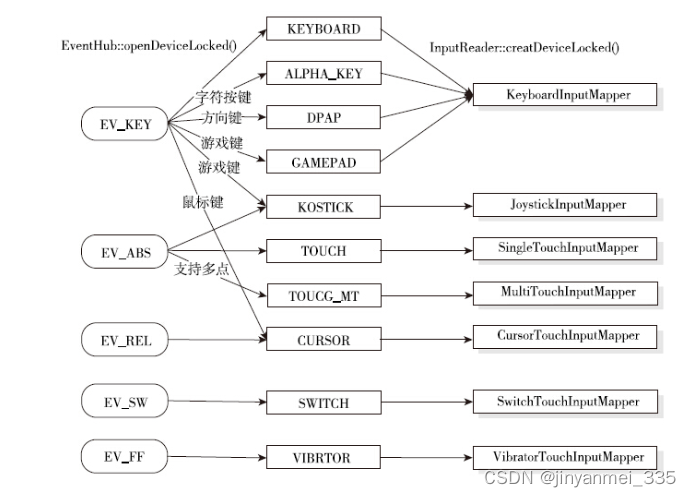
InputMapper的种类实在很多,对所有类型都进行详细分析并不现实。选择KeyboardInputMapper和MultiTouchInputMapper两个常用并且具有代表性的InputMapper进行探讨
键盘事件的处理
KeyboardInputMapper的process()函数比较简单
□通过processKey()按键事件做进一步处理。
mQueuedListener.flush();
根据扫描码获取虚拟键值以及功能值后,KeyboardInputMapper::process()调用了processKey()函数对按键事件做进一步处理。
将键盘信息转化为NotifyKeyArgs,返回到loopOnce的loopOnce中,通知事件分发
触摸事件的处理
触摸事件的处理
std::list<NotifyArgs> MultiTouchInputMapper::process(const RawEvent* rawEvent) {
std::list<NotifyArgs> out = TouchInputMapper::process(rawEvent);
mMultiTouchMotionAccumulator.process(rawEvent);
return out;
}事件处理完成后回到最初的
mQueuedListener.flush(); // 将事件交给inputDispatcher的过程
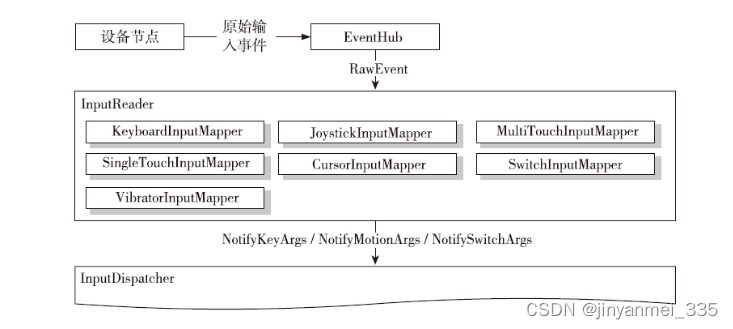
InputDispatcher继承了InputDispatcherInterface接口
class InputDispatcher : public android::InputDispatcherInterface {
void InputListenerInterface::notify(const NotifyArgs& generalArgs) {
Visitor v{
[&](const NotifyInputDevicesChangedArgs& args) { notifyInputDevicesChanged(args); },
[&](const NotifyConfigurationChangedArgs& args) { notifyConfigurationChanged(args); },
[&](const NotifyKeyArgs& args) { notifyKey(args); },
[&](const NotifyMotionArgs& args) { notifyMotion(args); },
[&](const NotifySwitchArgs& args) { notifySwitch(args); },
[&](const NotifySensorArgs& args) { notifySensor(args); },
[&](const NotifyVibratorStateArgs& args) { notifyVibratorState(args); },
[&](const NotifyDeviceResetArgs& args) { notifyDeviceReset(args); },
[&](const NotifyPointerCaptureChangedArgs& args) { notifyPointerCaptureChanged(args); },
};
std::visit(v, generalArgs);
}
以motion事件为例
void InputDispatcher::notifyMotion(const NotifyMotionArgs& args) {
if (debugInboundEventDetails()) {
ALOGD("notifyMotion - id=%" PRIx32 " eventTime=%" PRId64 ", deviceId=%d, source=%s, "
"displayId=%" PRId32 ", policyFlags=0x%x, "
"action=%s, actionButton=0x%x, flags=0x%x, metaState=0x%x, buttonState=0x%x, "
"edgeFlags=0x%x, xPrecision=%f, yPrecision=%f, xCursorPosition=%f, "
"yCursorPosition=%f, downTime=%" PRId64,
args.id, args.eventTime, args.deviceId, inputEventSourceToString(args.source).c_str(),
args.displayId, args.policyFlags, MotionEvent::actionToString(args.action).c_str(),
args.actionButton, args.flags, args.metaState, args.buttonState, args.edgeFlags,
args.xPrecision, args.yPrecision, args.xCursorPosition, args.yCursorPosition,
args.downTime);
for (uint32_t i = 0; i < args.pointerCount; i++) {
ALOGD(" Pointer %d: id=%d, toolType=%s, x=%f, y=%f, pressure=%f, size=%f, "
"touchMajor=%f, touchMinor=%f, toolMajor=%f, toolMinor=%f, orientation=%f",
i, args.pointerProperties[i].id,
ftl::enum_string(args.pointerProperties[i].toolType).c_str(),
args.pointerCoords[i].getAxisValue(AMOTION_EVENT_AXIS_X),
args.pointerCoords[i].getAxisValue(AMOTION_EVENT_AXIS_Y),
args.pointerCoords[i].getAxisValue(AMOTION_EVENT_AXIS_PRESSURE),
args.pointerCoords[i].getAxisValue(AMOTION_EVENT_AXIS_SIZE),
args.pointerCoords[i].getAxisValue(AMOTION_EVENT_AXIS_TOUCH_MAJOR),
args.pointerCoords[i].getAxisValue(AMOTION_EVENT_AXIS_TOUCH_MINOR),
args.pointerCoords[i].getAxisValue(AMOTION_EVENT_AXIS_TOOL_MAJOR),
args.pointerCoords[i].getAxisValue(AMOTION_EVENT_AXIS_TOOL_MINOR),
args.pointerCoords[i].getAxisValue(AMOTION_EVENT_AXIS_ORIENTATION));
}
}
Result<void> motionCheck = validateMotionEvent(args.action, args.actionButton,
args.pointerCount, args.pointerProperties);
if (!motionCheck.ok()) {
LOG(ERROR) << "Invalid event: " << args.dump() << "; reason: " << motionCheck.error();
return;
}
uint32_t policyFlags = args.policyFlags;
policyFlags |= POLICY_FLAG_TRUSTED;
android::base::Timer t;
mPolicy.interceptMotionBeforeQueueing(args.displayId, args.eventTime, policyFlags);
if (t.duration() > SLOW_INTERCEPTION_THRESHOLD) {
ALOGW("Excessive delay in interceptMotionBeforeQueueing; took %s ms",
std::to_string(t.duration().count()).c_str());
}
bool needWake = false;
{ // acquire lock
mLock.lock();
if (!(policyFlags & POLICY_FLAG_PASS_TO_USER)) {
// Set the flag anyway if we already have an ongoing gesture. That would allow us to
// complete the processing of the current stroke.
const auto touchStateIt = mTouchStatesByDisplay.find(args.displayId);
if (touchStateIt != mTouchStatesByDisplay.end()) {
const TouchState& touchState = touchStateIt->second;
if (touchState.deviceId == args.deviceId && touchState.isDown()) {
policyFlags |= POLICY_FLAG_PASS_TO_USER;
}
}
}
if (shouldSendMotionToInputFilterLocked(args)) {
ui::Transform displayTransform;
if (const auto it = mDisplayInfos.find(args.displayId); it != mDisplayInfos.end()) {
displayTransform = it->second.transform;
}
mLock.unlock();
MotionEvent event;
event.initialize(args.id, args.deviceId, args.source, args.displayId, INVALID_HMAC,
args.action, args.actionButton, args.flags, args.edgeFlags,
args.metaState, args.buttonState, args.classification,
displayTransform, args.xPrecision, args.yPrecision,
args.xCursorPosition, args.yCursorPosition, displayTransform,
args.downTime, args.eventTime, args.pointerCount,
args.pointerProperties, args.pointerCoords);
policyFlags |= POLICY_FLAG_FILTERED;
if (!mPolicy.filterInputEvent(event, policyFlags)) {
return; // event was consumed by the filter
}
mLock.lock();
}
// Just enqueue a new motion event.
std::unique_ptr<MotionEntry> newEntry =
std::make_unique<MotionEntry>(args.id, args.eventTime, args.deviceId, args.source,
args.displayId, policyFlags, args.action,
args.actionButton, args.flags, args.metaState,
args.buttonState, args.classification, args.edgeFlags,
args.xPrecision, args.yPrecision,
args.xCursorPosition, args.yCursorPosition,
args.downTime, args.pointerCount,
args.pointerProperties, args.pointerCoords);
if (args.id != android::os::IInputConstants::INVALID_INPUT_EVENT_ID &&
IdGenerator::getSource(args.id) == IdGenerator::Source::INPUT_READER &&
!mInputFilterEnabled) {
const bool isDown = args.action == AMOTION_EVENT_ACTION_DOWN;
mLatencyTracker.trackListener(args.id, isDown, args.eventTime, args.readTime);
}
needWake = enqueueInboundEventLocked(std::move(newEntry));
mLock.unlock();
} // release lock
if (needWake) {
mLooper->wake();
}
}到达InputDispatcher的Motion事件被保存在MotionEntry类中
bool InputDispatcher::enqueueInboundEventLocked(std::unique_ptr<EventEntry> newEntry) {
bool needWake = mInboundQueue.empty();
mInboundQueue.push_back(std::move(newEntry));
EventEntry& entry = *(mInboundQueue.back());
traceInboundQueueLengthLocked();
switch (entry.type) {
case EventEntry::Type::KEY: {
LOG_ALWAYS_FATAL_IF((entry.policyFlags & POLICY_FLAG_TRUSTED) == 0,
"Unexpected untrusted event.");
// Optimize app switch latency.
// If the application takes too long to catch up then we drop all events preceding
// the app switch key.
const KeyEntry& keyEntry = static_cast<const KeyEntry&>(entry);
if (isAppSwitchKeyEvent(keyEntry)) {
if (keyEntry.action == AKEY_EVENT_ACTION_DOWN) {
mAppSwitchSawKeyDown = true;
} else if (keyEntry.action == AKEY_EVENT_ACTION_UP) {
if (mAppSwitchSawKeyDown) {
if (DEBUG_APP_SWITCH) {
ALOGD("App switch is pending!");
}
mAppSwitchDueTime = keyEntry.eventTime + APP_SWITCH_TIMEOUT;
mAppSwitchSawKeyDown = false;
needWake = true;
}
}
}
// If a new up event comes in, and the pending event with same key code has been asked
// to try again later because of the policy. We have to reset the intercept key wake up
// time for it may have been handled in the policy and could be dropped.
if (keyEntry.action == AKEY_EVENT_ACTION_UP && mPendingEvent &&
mPendingEvent->type == EventEntry::Type::KEY) {
KeyEntry& pendingKey = static_cast<KeyEntry&>(*mPendingEvent);
if (pendingKey.keyCode == keyEntry.keyCode &&
pendingKey.interceptKeyResult ==
KeyEntry::InterceptKeyResult::TRY_AGAIN_LATER) {
pendingKey.interceptKeyResult = KeyEntry::InterceptKeyResult::UNKNOWN;
pendingKey.interceptKeyWakeupTime = 0;
needWake = true;
}
}
break;
}
case EventEntry::Type::MOTION: {
LOG_ALWAYS_FATAL_IF((entry.policyFlags & POLICY_FLAG_TRUSTED) == 0,
"Unexpected untrusted event.");
if (shouldPruneInboundQueueLocked(static_cast<MotionEntry&>(entry))) {
mNextUnblockedEvent = mInboundQueue.back();
needWake = true;
}
break;
}
case EventEntry::Type::FOCUS: {
LOG_ALWAYS_FATAL("Focus events should be inserted using enqueueFocusEventLocked");
break;
}
case EventEntry::Type::TOUCH_MODE_CHANGED:
case EventEntry::Type::CONFIGURATION_CHANGED:
case EventEntry::Type::DEVICE_RESET:
case EventEntry::Type::SENSOR:
case EventEntry::Type::POINTER_CAPTURE_CHANGED:
case EventEntry::Type::DRAG: {
// nothing to do
break;
}
}
return needWake;
}通过这两个函数可以看出,到达InputDispatcher的Motion事件被保存在MotionEntry类中,然后排在mInboundQueue列表的队尾,这个mInboundQueue就是InputDispatcher的派发队列。MotionEntry是EventEntry的一个子类,保存了Motion事件的信息。Key事件也有一个KeyEntry与之对应。EventEntry是输入事件在InputDispatcher中的存在形式。另外,由于InputDispatcher在没有事件可以派发时(mInboundQueue为空),将会进入休眠状态,因此在将事件放入派发队列时,需要将派发线程唤醒。
上述过程运行在inputReader线程中,至此inputReader的处理完成
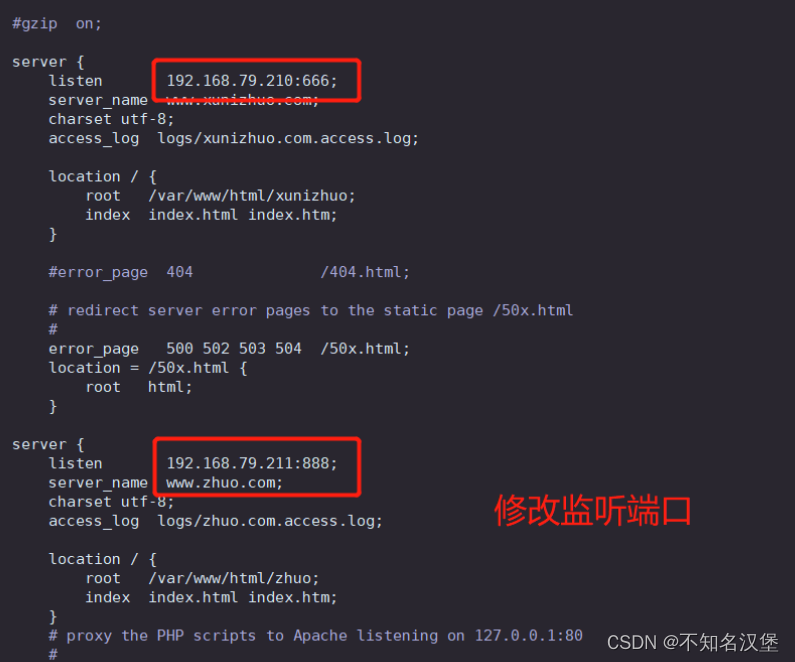
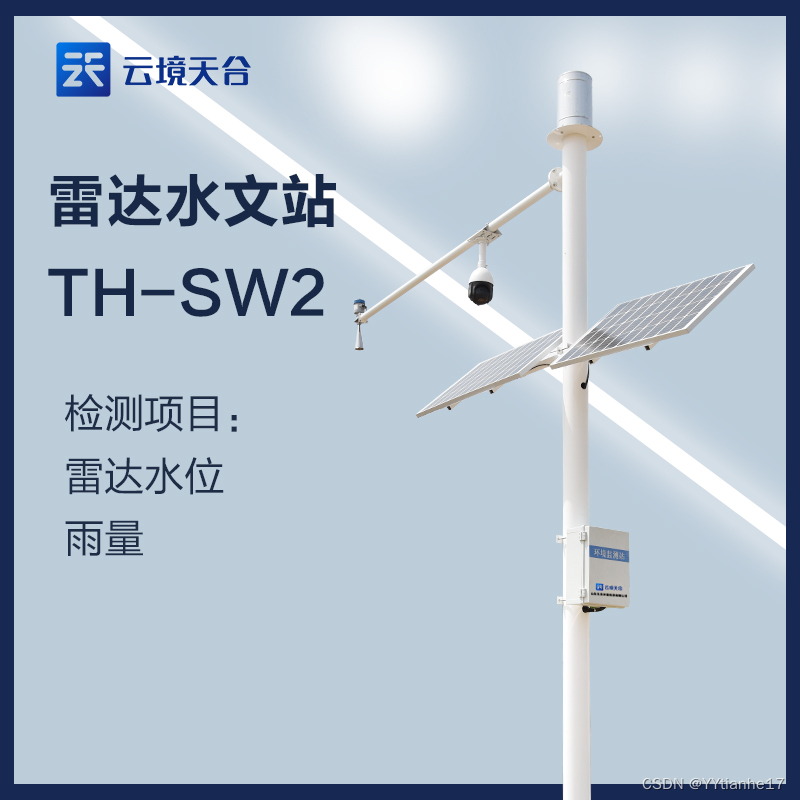
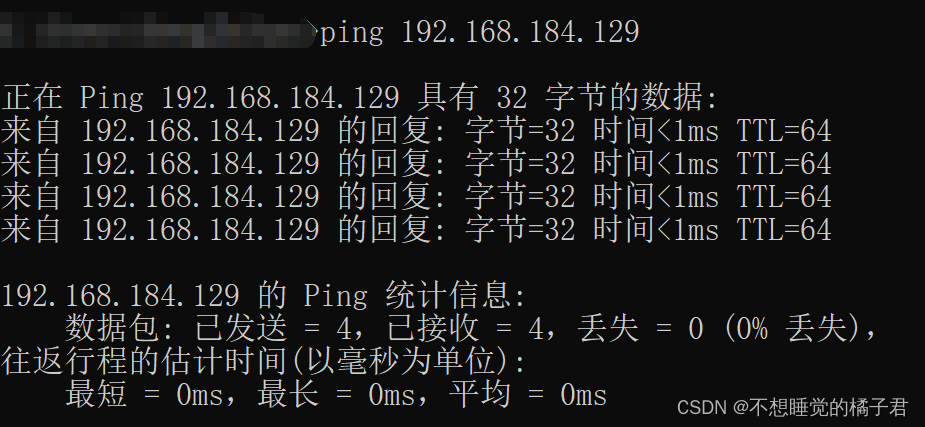



![SQL注入:堆叠注入-强网杯[随便注]](https://img-blog.csdnimg.cn/direct/a5463ed5d7c94f09aa84a241ec7e16b1.png)



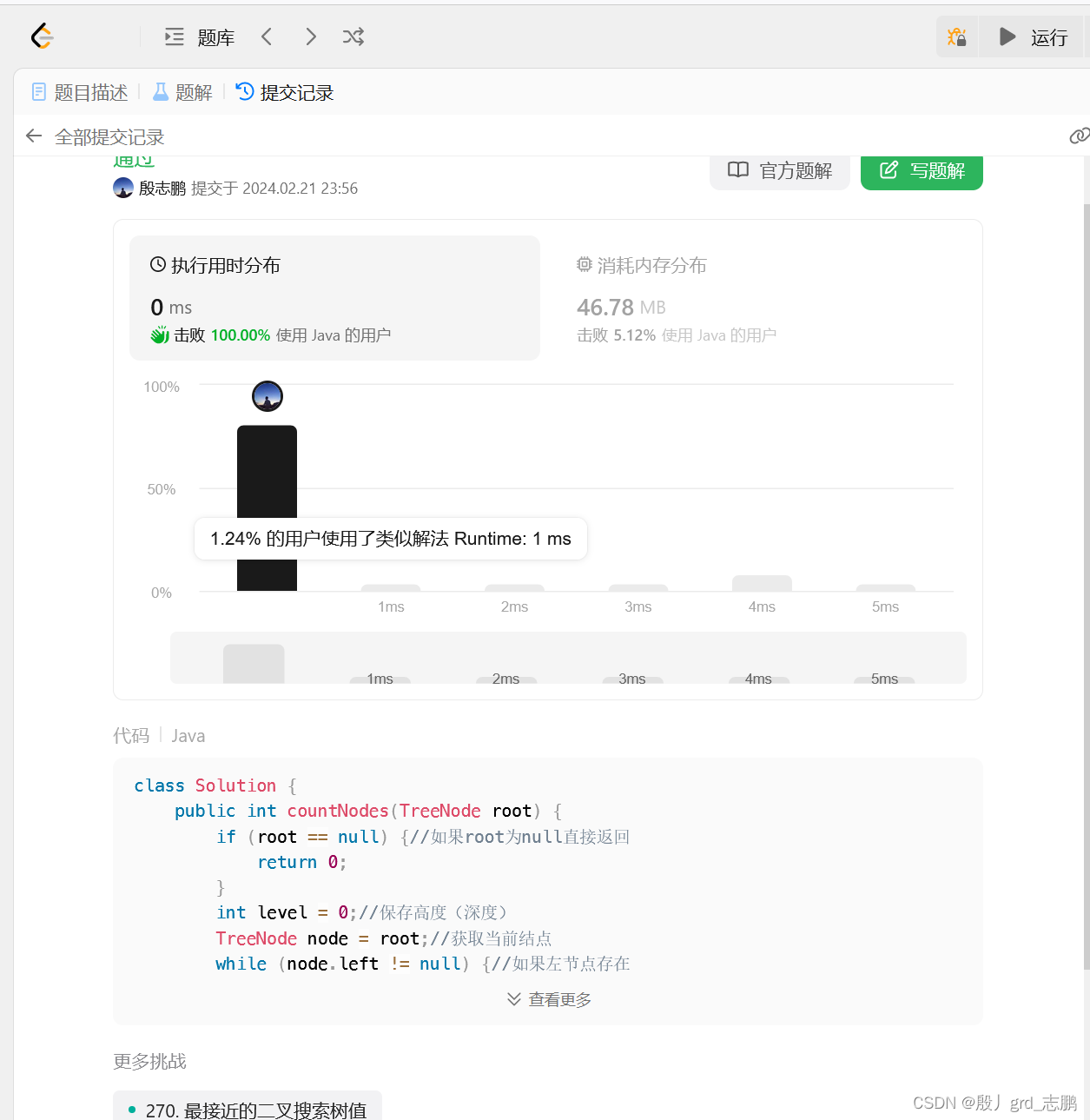
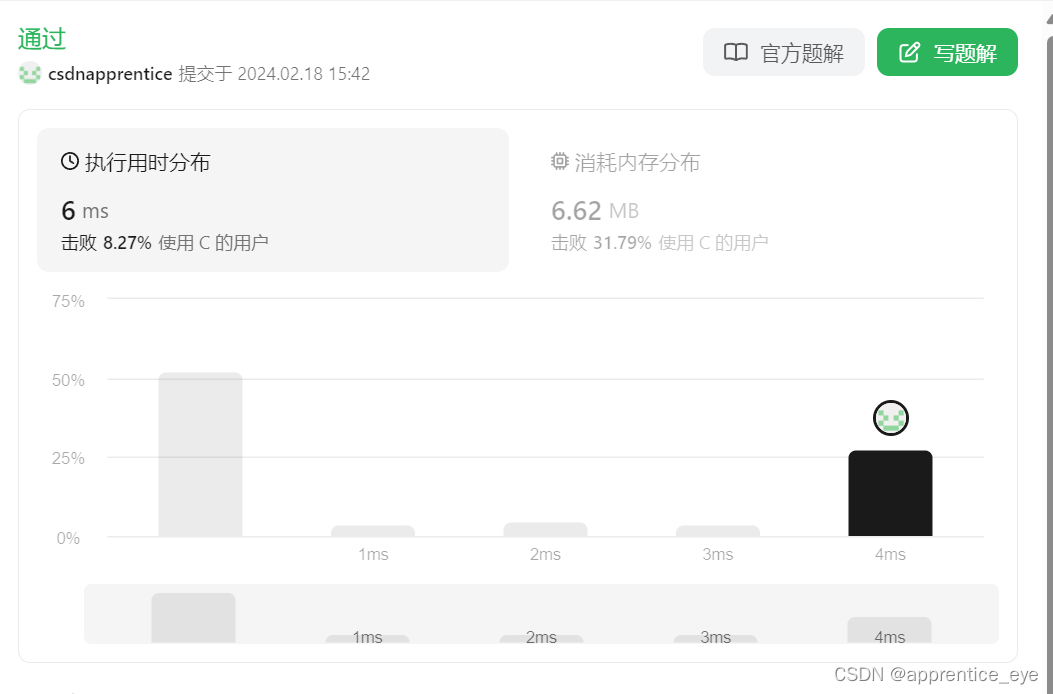
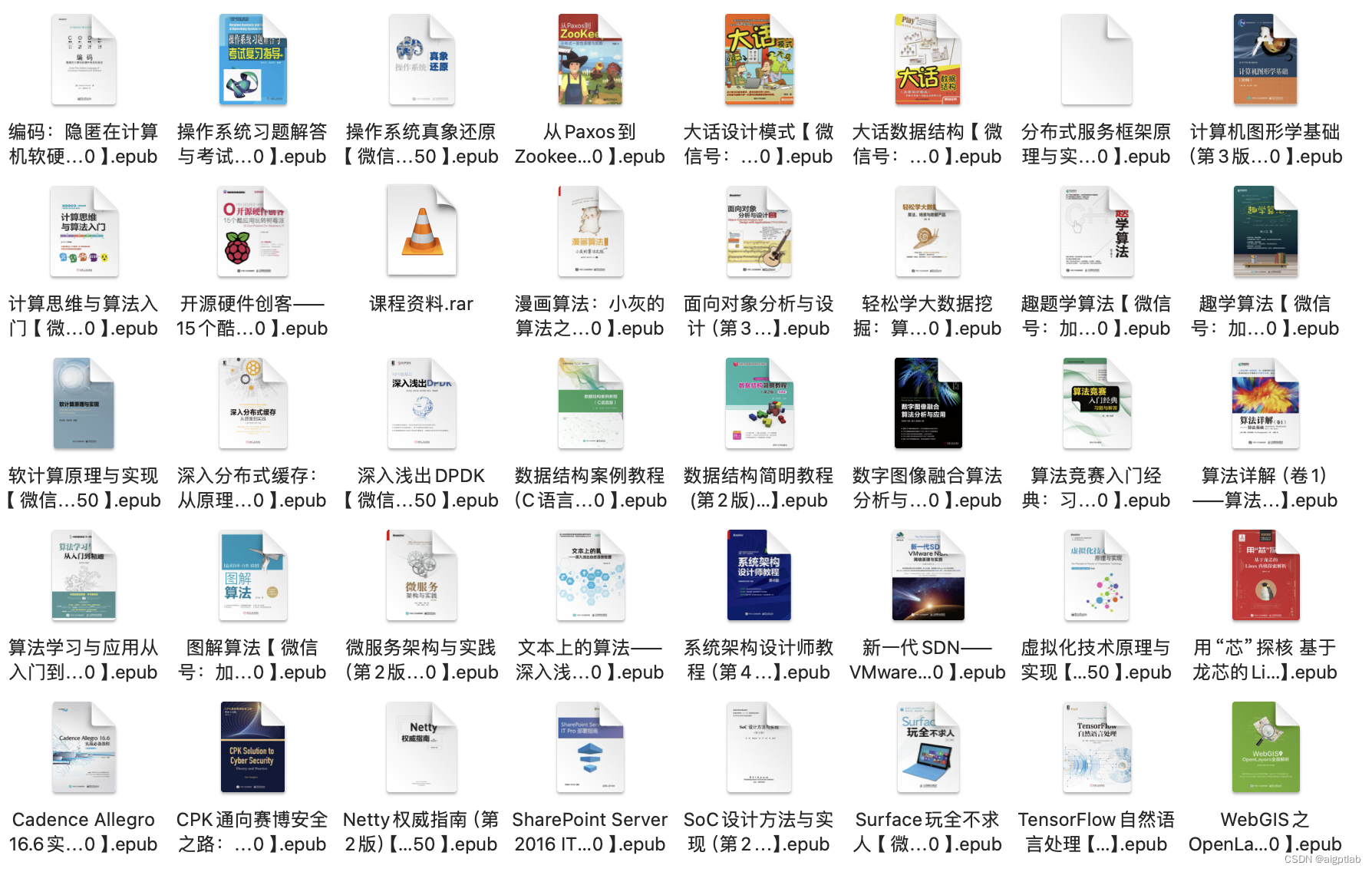
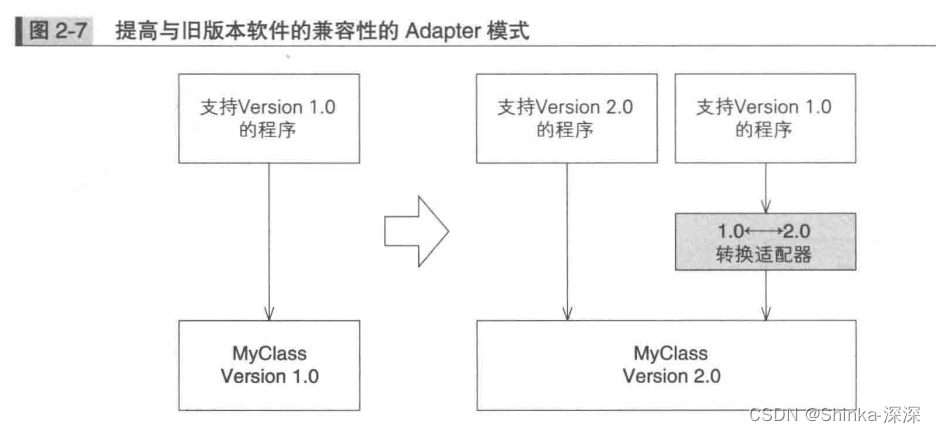



![[服务器-数据库]MongoDBv7.0.4不支持ipv6访问](https://img-blog.csdnimg.cn/img_convert/e7b858f50b1b1f328b3ad9c5b2e872b3.png)
